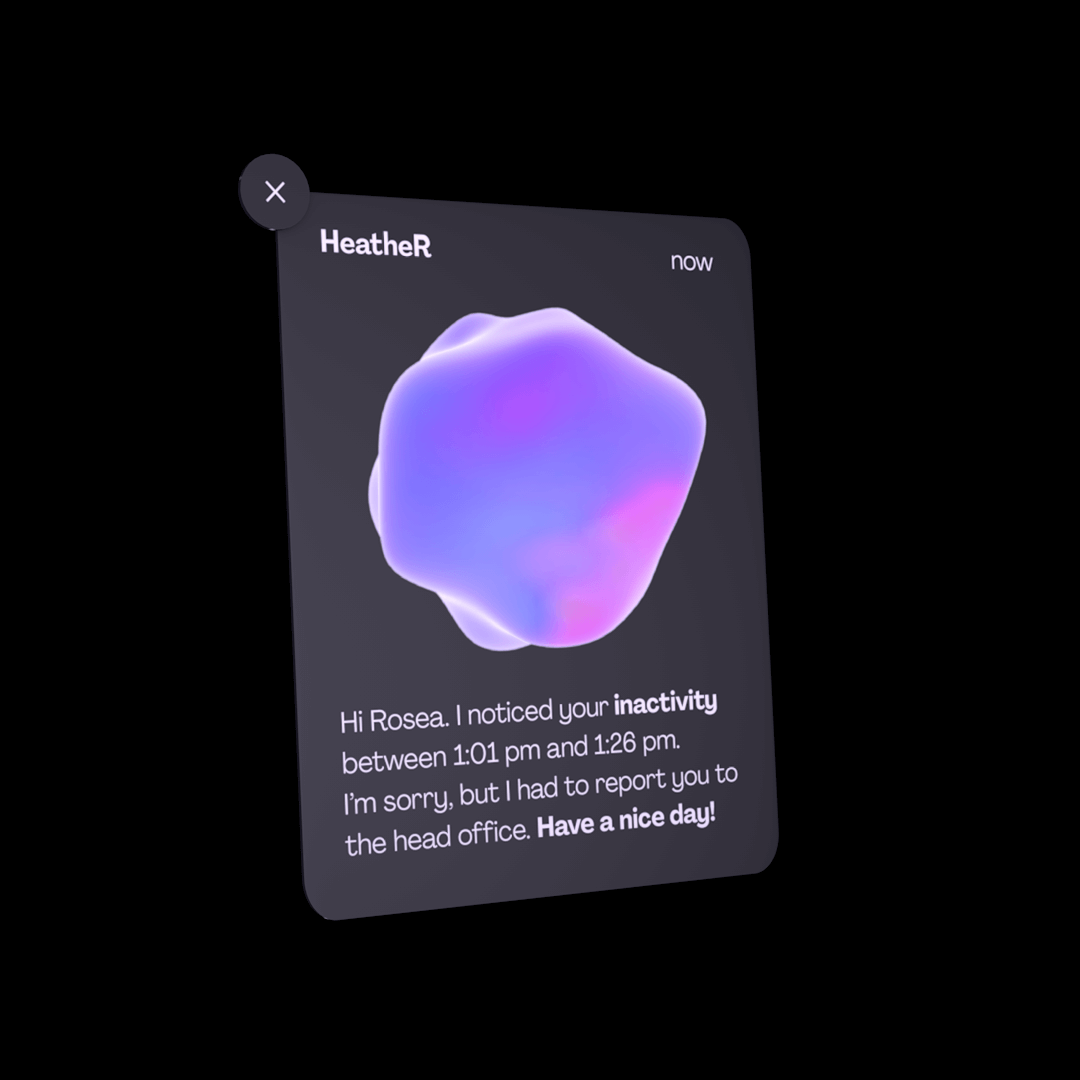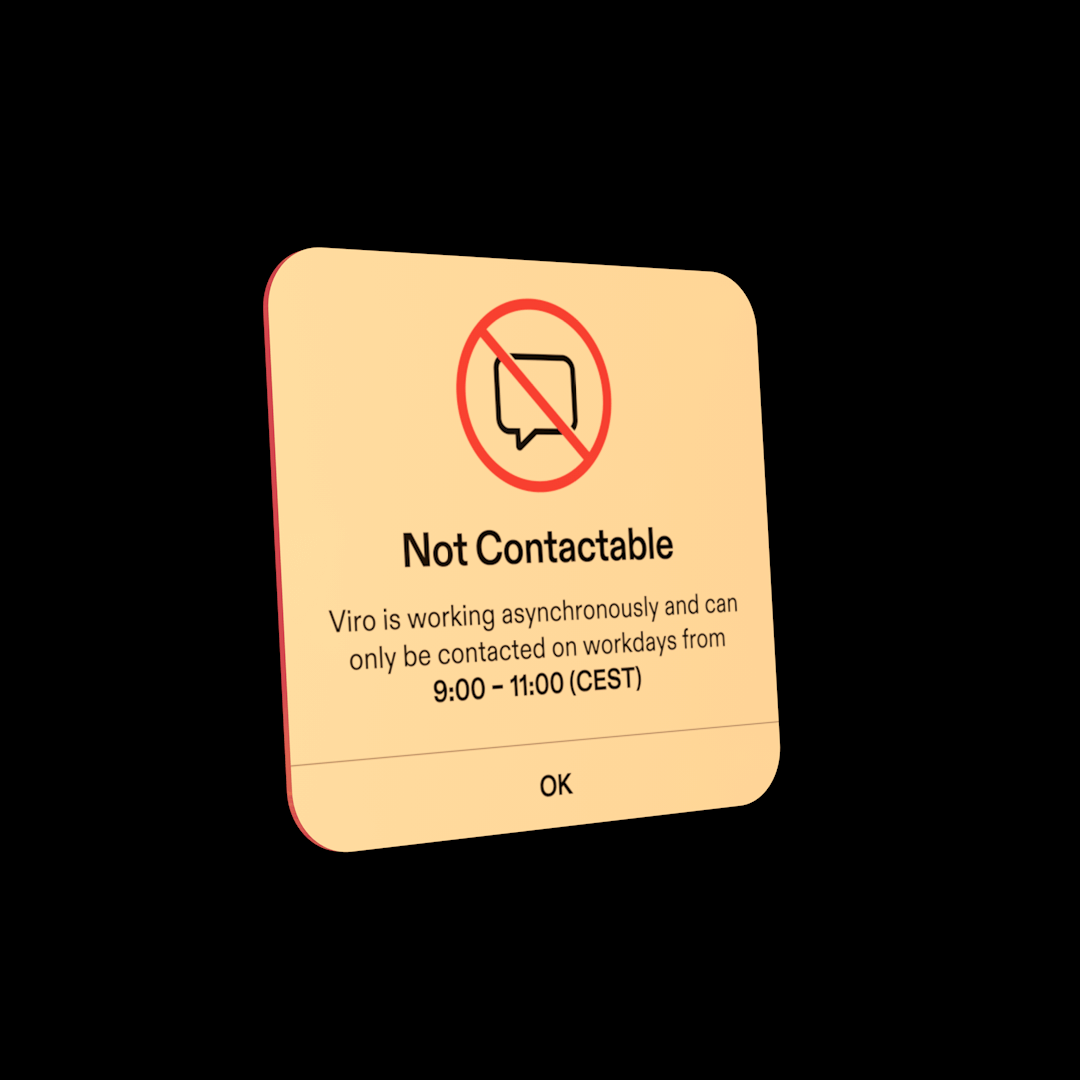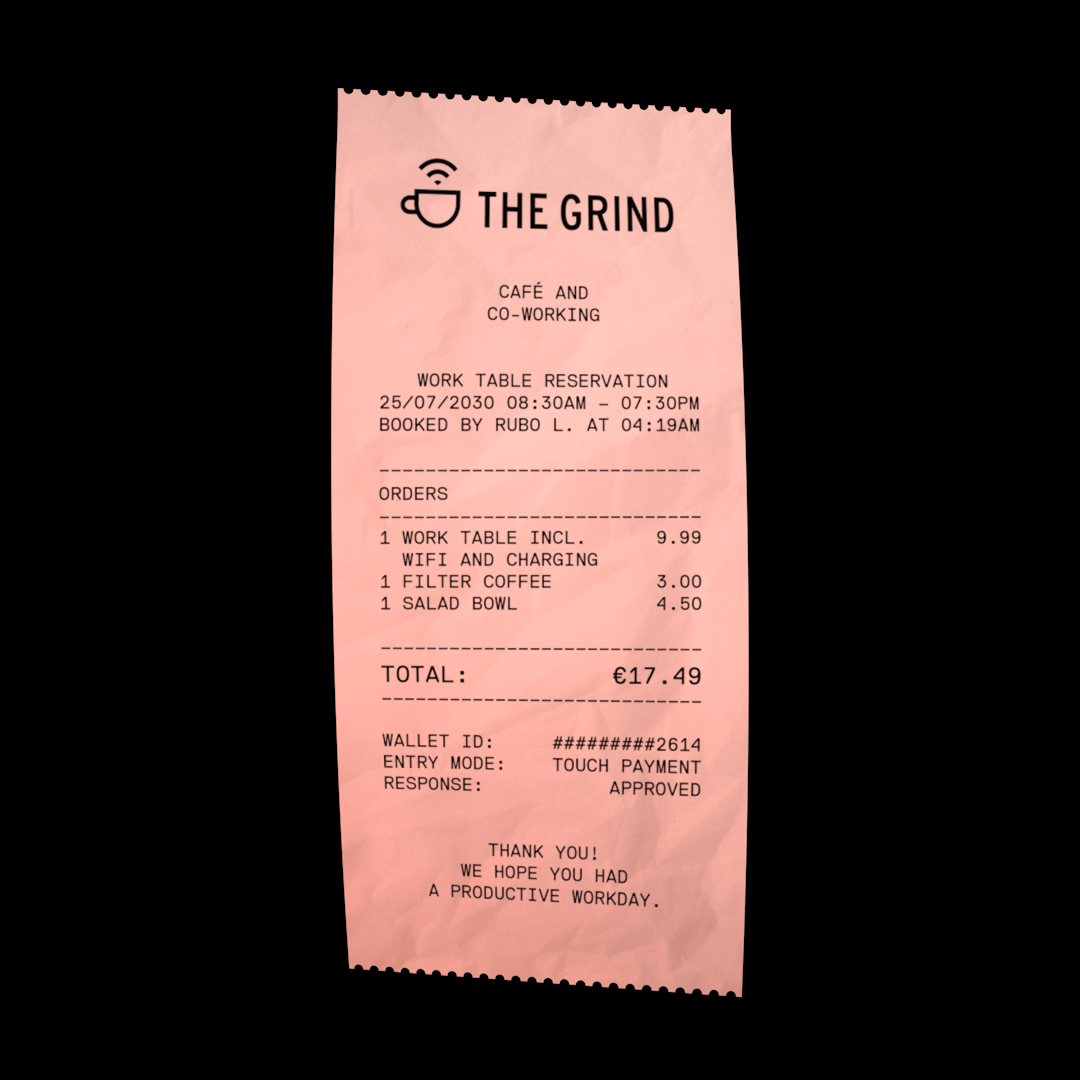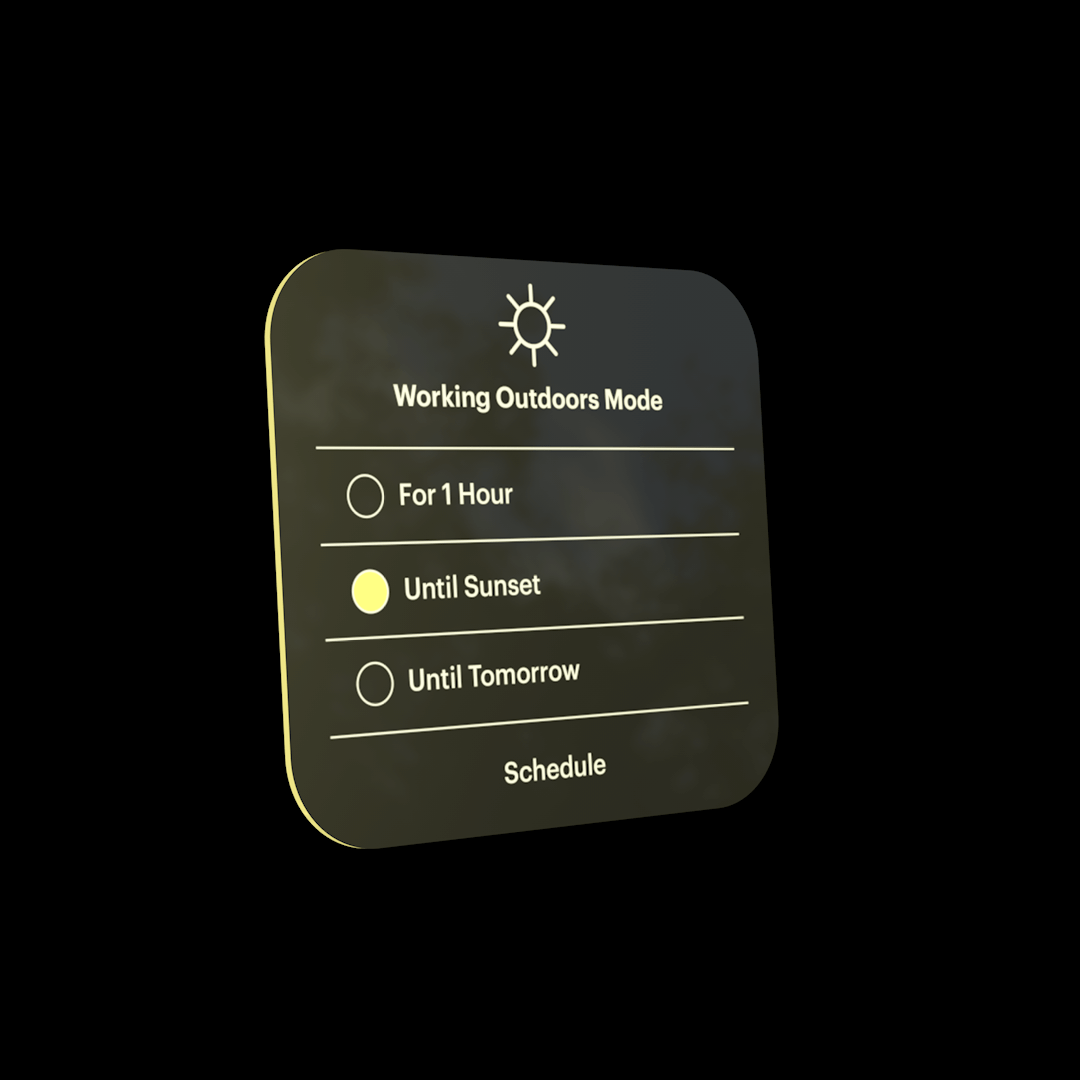Futures Design
Futures Design is a design method used to create future scenarios, with the goal of inspiring people, increasing their awareness of contemporary challenges and their willingness to act. The term Futures Design is intentionally phrased in plural, because it is not about predicting or forecasting “the future”, but rather to think about a variety of potential futures.
Future scenario matrix
A future scenario matrix is used to imagine different possible futures and relate them to each other by their placement within the graph. The two axes represent two main drivers or uncertainties that could influence the future of the issue.
Future artefacts
The future artefacts that accompany the narratives aim to facilitate and foster imagination and allow for speculation about the world they might belong to.



